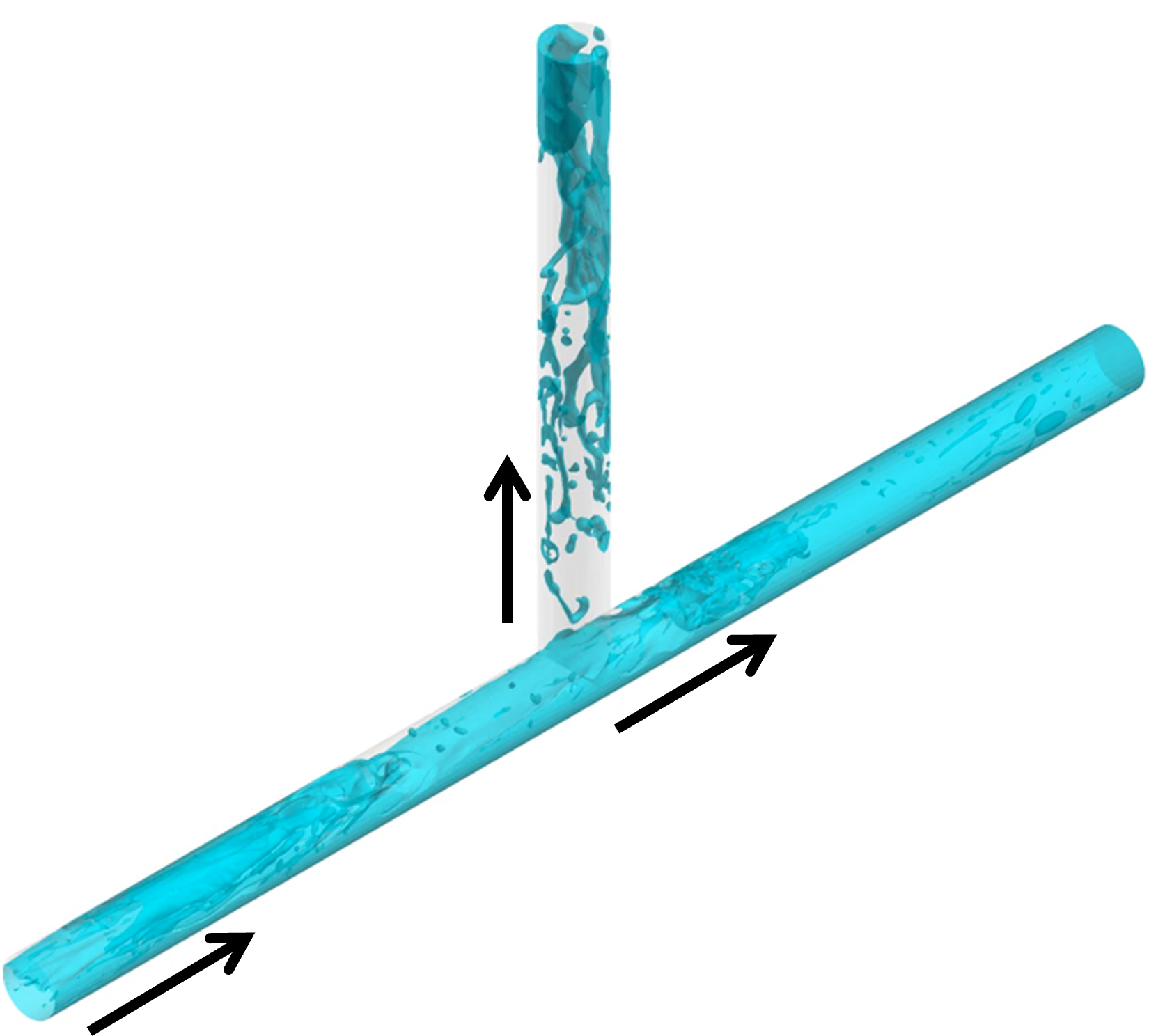Liquid-Propellant Propulsion System Simulation
JAXA Supercomputer System Annual Report February 2022-January 2023
Report Number: R22EG3215
Subject Category: Research and Development
- Responsible Representative: Taro Shimizu, Research and Development Directorate, Research Unit III
- Contact Information: Hiedyo Negishi(negishi.hideyo@jaxa.jp)
- Members: Yu Daimon, Taroh Fukuda, Osamu Fukasawa, Ashvin Hosangadi, Hideyo Negishi, Takenori Nakajima, Shinji Ohno, Masashi Toyama, Satoshi Ukai, Himeko Yamamoto, Rika Yamada, Andrea Zambon
Abstract
Next generation of space transport systems need not only to reduce costs with high perfoemance propulsion for a particular mission but also to meet requirements of various missions, for example moon lander, reusable upper stage rocket, Mars mission, and so on. Liquid-Propellant System Analysis has an important roll to develop the next generation space transport system. Utilizing 3D numerical simulation results of the liquid rocket compornents, componet models are developed for the system analysis. The system analysis will use for evaluation of the development and operation for liquid rocket or spacecraft.
Reference URL
N/A
Reasons and benefits of using JAXA Supercomputer System
Component models of liquid propulsion systems are conventionally very simple and sometimes not consistent with physics of fluid dynamis or structural behaivor of propulsion systems. However, because of the recent development of computer science, even computationally expensive models can be used for numerical analysis for designs. In addition, high-fidelity CFD clarified physical phenomena in the component, and it enhances to develop more accurate component models. Concequently, high-fidelity CFD analyses are essential to clarify the phenomena in the liquid propulsion system. JSS enables us to carry out trade-off studies with a wide range of parameter, which contribute to build new models and find out new insights of liquid propulsion systems.
Achievements of the Year
Two-kinds of simulations were mainly performed this year to develop the component model for liquid propulsion systems. Fig. 1 shows the result of the subcritical regenerative cooling simulations for the development of the liquid rocket engine combustion chamber model. 3-D simulation show that the coolant boiling position is significantly different from the 1-D simulation because the effect of secondary flow near the throat can be evaluated by the 3-D simulation. This result will be compared with the experimental results to be conducted in the future. Fig. 2 shows the results of 2-phase flow analysis at piping bifurcation for the development of a piping model of a heat pump loop for a satellite. I was confirmed that the quality is not equally divided at the bifurcation, but depends on the flow pattern.
Publications
– Peer-reviewed papers
Himeko YAMAMOTO, Kaname KAWATSU, Yu DAIMON, and Go FUJII, Development of a Dynamic Response Model Considering Trapped Gas Effect for Spacecraft Liquid Propulsion Systems, Jounal of Evolving Space Activities, 2023 (in press)
Usage of JSS
Computational Information
- Process Parallelization Methods: MPI
- Thread Parallelization Methods: OpenMP
- Number of Processes: 1440
- Elapsed Time per Case: 146 Hour(s)
JSS3 Resources Used
Fraction of Usage in Total Resources*1(%): 0.47
Details
Please refer to System Configuration of JSS3 for the system configuration and major specifications of JSS3.
| System Name | CPU Resources Used(Core x Hours) | Fraction of Usage*2(%) |
|---|---|---|
| TOKI-SORA | 11854907.08 | 0.52 |
| TOKI-ST | 267749.83 | 0.27 |
| TOKI-GP | 0.00 | 0.00 |
| TOKI-XM | 0.00 | 0.00 |
| TOKI-LM | 0.00 | 0.00 |
| TOKI-TST | 13978.21 | 0.37 |
| TOKI-TGP | 0.00 | 0.00 |
| TOKI-TLM | 0.00 | 0.00 |
| File System Name | Storage Assigned(GiB) | Fraction of Usage*2(%) |
|---|---|---|
| /home | 507.74 | 0.46 |
| /data and /data2 | 188781.02 | 1.46 |
| /ssd | 2636.85 | 0.37 |
| Archiver Name | Storage Used(TiB) | Fraction of Usage*2(%) |
|---|---|---|
| J-SPACE | 11.88 | 0.05 |
*1: Fraction of Usage in Total Resources: Weighted average of three resource types (Computing, File System, and Archiver).
*2: Fraction of Usage:Percentage of usage relative to each resource used in one year.
ISV Software Licenses Used
| ISV Software Licenses Used(Hours) | Fraction of Usage*2(%) | |
|---|---|---|
| ISV Software Licenses(Total) | 1196.77 | 0.83 |
*2: Fraction of Usage:Percentage of usage relative to each resource used in one year.
JAXA Supercomputer System Annual Report February 2022-January 2023




